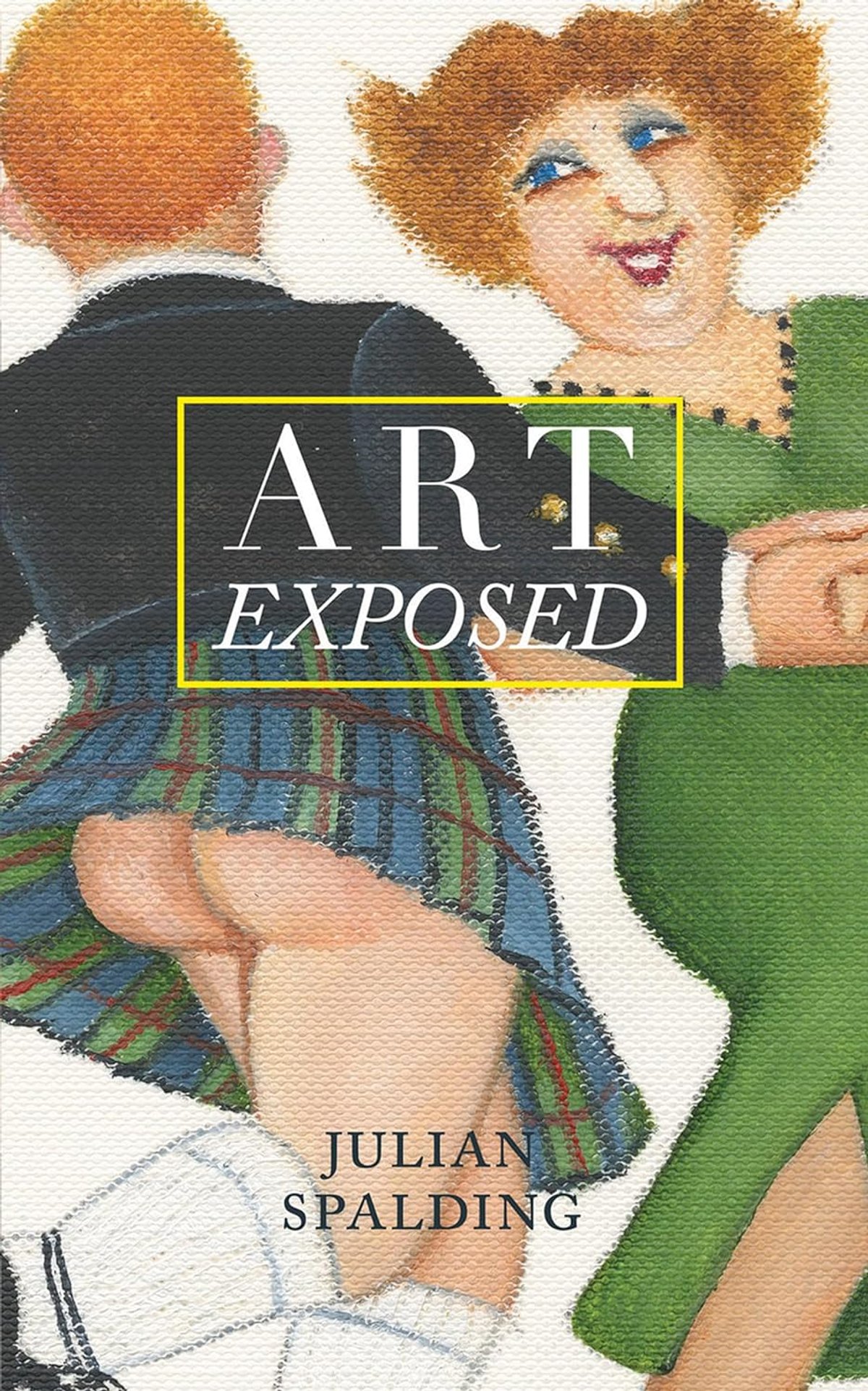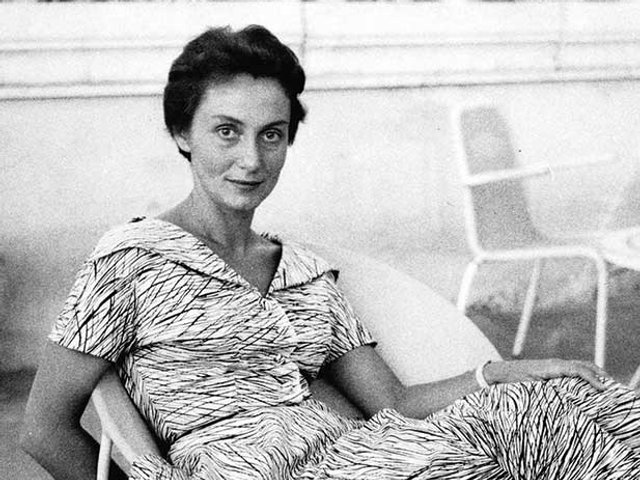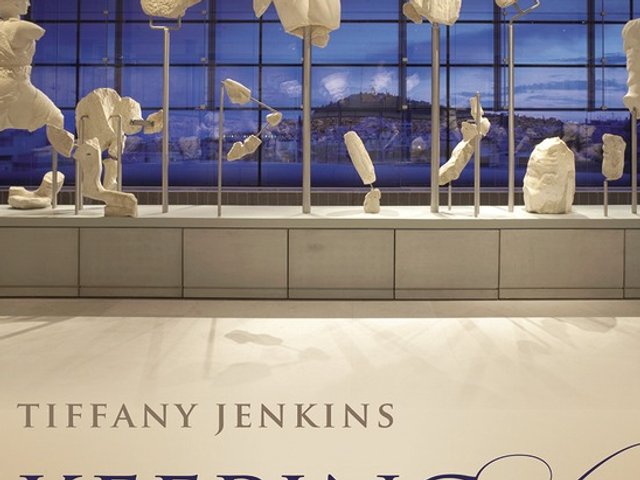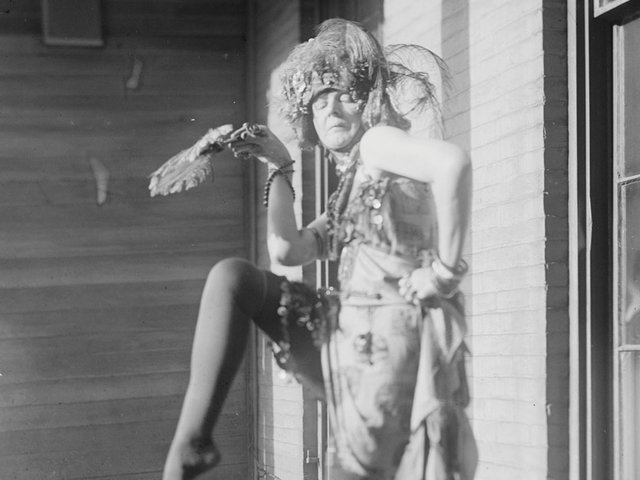It will come as no surprise that Julian Spalding, the acerbic critic, writer, broadcaster and former curator, blasts conceptual art in his new book, Art Exposed. He has been doing this for decades, both verbally and in print—this is the man, after all, who wrote Con Art: Why you should sell your Damien Hirsts while you can in 2012. (He was wrong about that, so far.)
Art Exposed, however, is less a diatribe and more a series of tales, both positive and negative, about the people he has interacted with and some, now dead, he would have liked to have known. In the introduction he writes: “Everything I’ve done and tried to do was inspired by people I’d met, either personally in my own time or people in the past … John Ruskin, Charles Rennie Mackintosh and L.S. Lowry are, in many ways, as alive to me as if I’d met them personally.”
“His paintings were laboured artifices, self-conscious, Cubist-cum-Futurist concoctions unenlivened by any imagination let alone by any sparks of inspiration”
These people are arranged alphabetically, starting with the German painter Peter Angermann and ending with the British artist Paul Waplington. The subtitles to the chapters give a flavour of what he thinks: “Nicholas Serota: Wrong, and stayed too long”; “Marcel Duchamp: A rogue exposed”, but also “Pablo Picasso: An ongoing, vital inspiration” and “Beryl Cook: A blooming original”.
True to form, Spalding makes no secret of his vehement dislike of conceptual art. The entry on Marcel Duchamp is typically waspish: “His paintings were laboured artifices, self-conscious, Cubist-cum-Futurist concoctions unenlivened by any imagination let alone by any sparks of inspiration.” Spalding continues: “His urinal was his revenge on art, his piss-take against the whole shooting match.”
Spalding then moves on to stories about fellow art student Glyn Thompson, Baroness Elsa von Freytag-Loringhoven and the now exploded theory that the urinal was submitted by Duchamp to an exhibition…which it wasn’t. And the chapter ends with a familiar Spalding rant: “The whole multi-million-pound conceptual art investment market is a bubble that is about to burst.” Again, so far, Spalding is wrong, even if the market has softened this year.
Strutting peacock Maggie
Artists are not the only ones to figure in the book. The entry about Margaret Thatcher is brilliant, starting with his description of her “wearing a tight-fitting dress in bright blue, covered from neck to hem in tiny, shimmering sequins that made her look like a strutting, armoured peacock”. In a memorable exchange, Spalding reports: “[She] almost barked, ‘What about that £30 million for those chrysanthemums?’ ‘Oh, I think you mean Sunflowers, Prime Minister,’ I replied … ‘Yes, that’s right. Sunflowers. And who were they by?’ ‘I think they were by Van Gogh,’ I replied, not wanting to appear too knowing. ‘Yes, that’s right,’ her voice clipped out. ‘Van Gogh. But they weren’t even Van Gogh’s best chrysanthemums, were they?’”
However, Spalding’s deepest bitterness is reserved for Nicholas Serota. The author evokes his council estate upbringing (not for the first time in the book), contrasting it with Serota’s privileged background. They were both contenders for the top job at Tate: in Spalding’s telling he never had a chance, as it was always “Nick’s job”. The late Alan Bowness, then director of the Henry Moore Foundation, told him this even before the interview, “a sneer spreading across his puffy face”.
Packed with personalities
The book is not just a take-down of the many personalities Spalding has known. He writes very well and fluently, and movingly about the art he does like—which is generally painting. He applauds the late curator Hubert Bari for the show put on about Jean-François Champollion at the French National Library: “One of the most moving museum experiences in my life—when I heard, as I looked, as if for the first time, the words of the Book of the Dead, being spoken before me as I read the hieroglyphs.”
The book is thoroughly readable, packed with personalities from the art world (there are 314 names in the index) and anecdotes from the amusing to the hair-raising. Spalding is perhaps too uncompromising and too chippy for today’s art world, but his voice is certainly worth listening to.
• Art Exposed, by Julian Spalding. Pallas Athene, 378pp, 32 colour illustrations, £17.99 (pb), published 16 November





